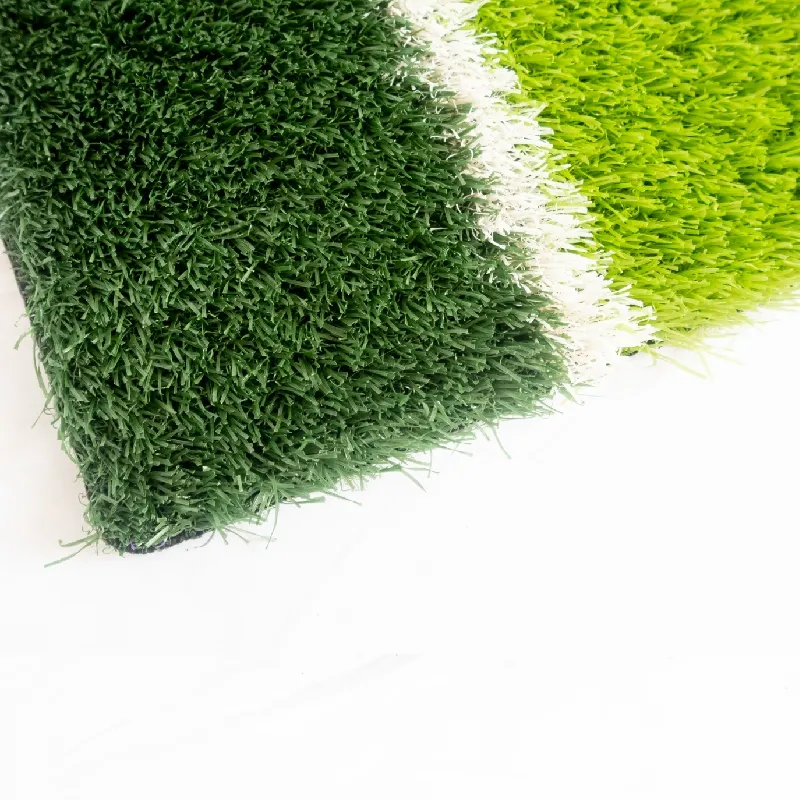
- Afrikaans
- Arabic
- Belarusian
- Bengali
- Czech
- Danish
- Dutch
- English
- Esperanto
- Estonian
- Finnish
- French
- German
- Greek
- Hindi
- Hungarian
- Icelandic
- Indonesian
- irish
- Italian
- Japanese
- kazakh
- Rwandese
- Korean
- Kyrgyz
- Lao
- Latin
- Latvian
- Malay
- Mongolian
- Myanmar
- Norwegian
- Persian
- Polish
- Portuguese
- Romanian
- Russian
- Serbian
- Spanish
- Swedish
- Tagalog
- Tajik
- Thai
- Turkish
- Turkmen
- Ukrainian
- Urdu
- Uighur
- Uzbek
- Vietnamese
Exploring the Costs of Indoor Turf Installation and Maintenance Options
Oct . 02, 2024 17:38 Back to list
Understanding Indoor Turf Prices Key Factors and Market Trends
In recent years, indoor turf has gained significant popularity across various sectors, including sports, fitness, and recreational facilities. This growth has sparked interest not only in the benefits of using artificial grass but also in the cost associated with installing and maintaining indoor turf surfaces. Understanding indoor turf prices involves delving into the various factors that influence costs and exploring the current market trends.
Factors Influencing Indoor Turf Prices
1. Type of Turf The price of indoor turf can vary immensely based on the material used. Synthetic turf typically falls into three categories nylon, polypropylene, and polyethylene. Nylon tends to be the most expensive due to its durability and resilience. Polypropylene is cheaper but less durable, making it suitable for low-traffic areas. Polyethylene offers a balance between price and performance, often chosen for multipurpose facilities. The choice of turf can significantly impact the overall cost of installation.
2. Quality and Specifications The quality of the indoor turf—reflecting factors such as pile height, density, and UV resistance—plays a crucial role in determining price. Higher quality turf usually comes at a premium but may provide longer-lasting performance and better aesthetics. For example, turf that mimics natural grass closely, in terms of texture and appearance, may cost more. Facilities aiming for a professional-grade appearance might invest in higher-quality options, knowing it will enhance their brand image.
3. Installation Costs The installation process for indoor turf can influence the overall price significantly. Factors such as the complexity of the installation, the preparation of the subbase, and the size of the area play important roles. Larger facilities may benefit from scale, potentially reducing the per-square-foot installation cost. However, unusual shapes or multi-level installations can increase labor expenses. Professional installation is advisable to ensure that the turf performs optimally, which is an added expense but can prevent costly repairs in the future.
4. Maintenance Requirements Although indoor turf is relatively low maintenance compared to natural grass, some upkeep is still necessary. Regular cleaning, infill replenishment, and periodic inspections are essential to maintain the turf's appearance and functionality. The long-term maintenance costs should be factored into the overall budget when considering turf installation, as neglecting maintenance can lead to quicker deterioration and higher replacement costs.
indoor turf prices

5. Environmental Considerations The increasing emphasis on sustainability has led many suppliers to offer eco-friendly options, which can be pricier due to the use of recycled materials or environmentally safe manufacturing processes. Choosing turf that contributes to sustainability goals may involve a higher upfront cost but can yield benefits in branding and potential savings in water and pesticide usage over time.
Current Market Trends
The demand for indoor turf is on the rise, driven by the popularity of indoor sports training facilities, fitness centers, and even commercial spaces looking to enhance their aesthetics with greenery. As a result, manufacturers are responding with innovations in turf technology, leading to improved durability, aesthetics, and functionality.
Furthermore, the COVID-19 pandemic has heightened awareness of indoor spaces’ health and safety, prompting facility owners to invest in high-quality indoor turf that can improve air quality and provide a cleaner environment. This shift has led to an increase in prices, as demand outpaces supply in some regions.
Conclusion
In summary, indoor turf prices are influenced by a variety of factors, including the type and quality of turf, installation complexities, maintenance requirements, and market trends. While initial costs can be significant, the long-term benefits of durability, aesthetic appeal, and use in various applications can make indoor turf a worthwhile investment. As the market continues to evolve, prospective buyers are encouraged to carefully evaluate their needs and consider both the immediate and future costs associated with indoor turf to make informed decisions. Embracing this product can not only enhance the functionality of spaces but also contribute to a more sustainable and enjoyable environment for all users.
-
The Benefits of Artificial Turf for Indoors
NewsJul.15,2025
-
How Artificial Grass Suppliers Ensure Quality Products
NewsJul.15,2025
-
Artificial Grass and Pets: A Space for Relaxation
NewsJul.08,2025
-
Balcony & Outdoor Decoration with Artificial Grass
NewsJul.08,2025
-
Best Indoor Artificial Grass for Home
NewsJul.07,2025
-
Best Pet Turf for Dogs: Safe & Durable Artificial Grass Options
NewsJul.07,2025
Products categories









